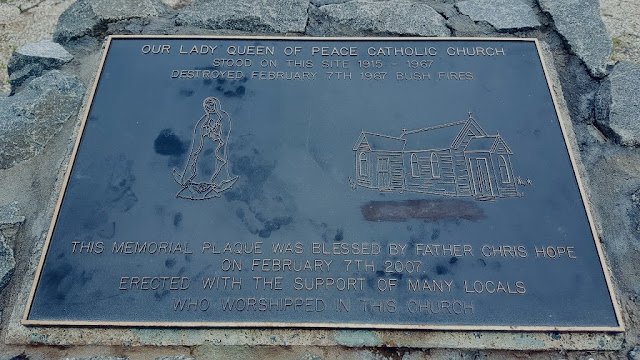No. 1440 - Hobart - Murray Street - 'Wesleyan Free Church' (1855-1869)

A ‘Wesleyan Free Church’ that was built in Upper Murray Street in 1855 was the predecessor of the ‘Ebenezer Chapel’ which replaced it in 1869. This article investigates the establishment of the Wesleyan Free Church in Hobart and the construction of its first place of worship at Hobart. The ‘Wesleyan Free Church’ was the original name of a new religious denomination later known as the United Free Methodist Church. Founded in Hobart, further churches were established at Wynyard, Burnie and Penguin. The church was formally established in Hobart on 11 December 1854. The distinguishing features of the “Free Church” were circuit autonomy and and freedom to be represented in the Methodist Assembly by whichever minister or layman the congregation elected. This represented an attempt to unite Methodist “connexionalism” with Congregationalism. The Hobart church was associated with the Wesleyan Reform Churches in England. The Free Church initially met in the rooms of the Upper Murray Street Infa...







